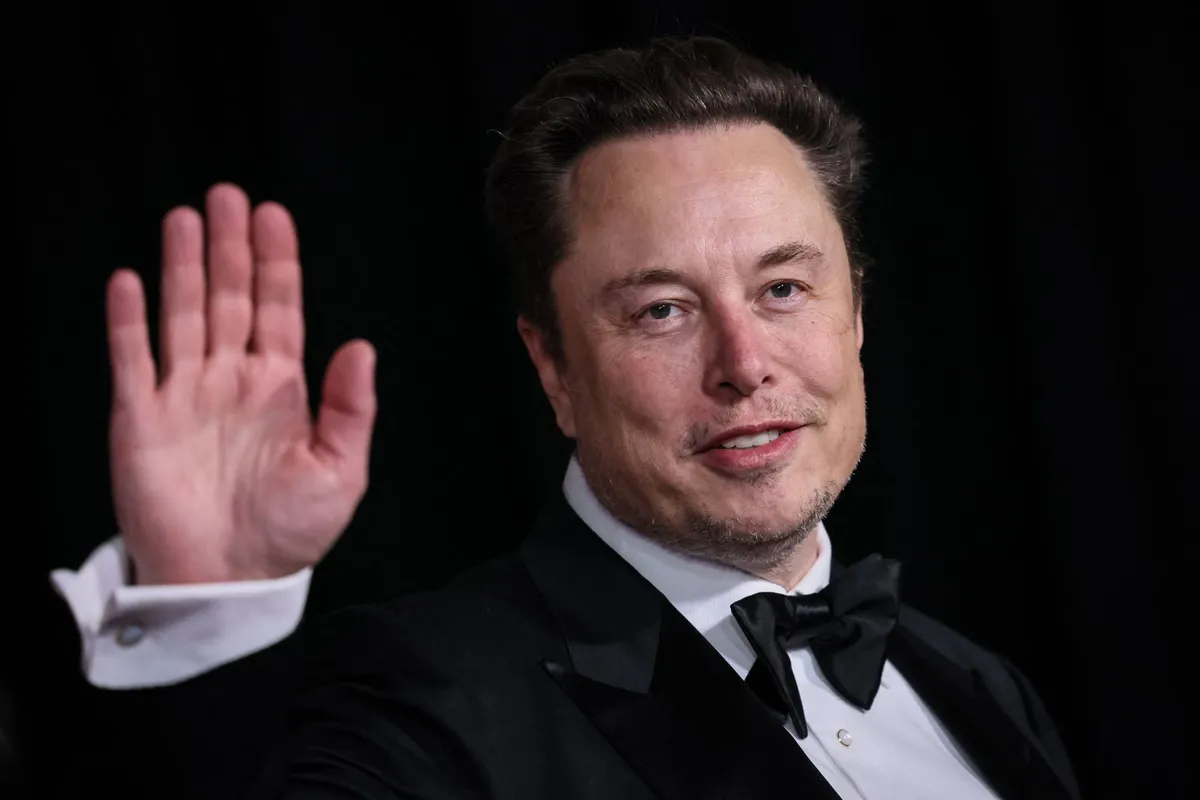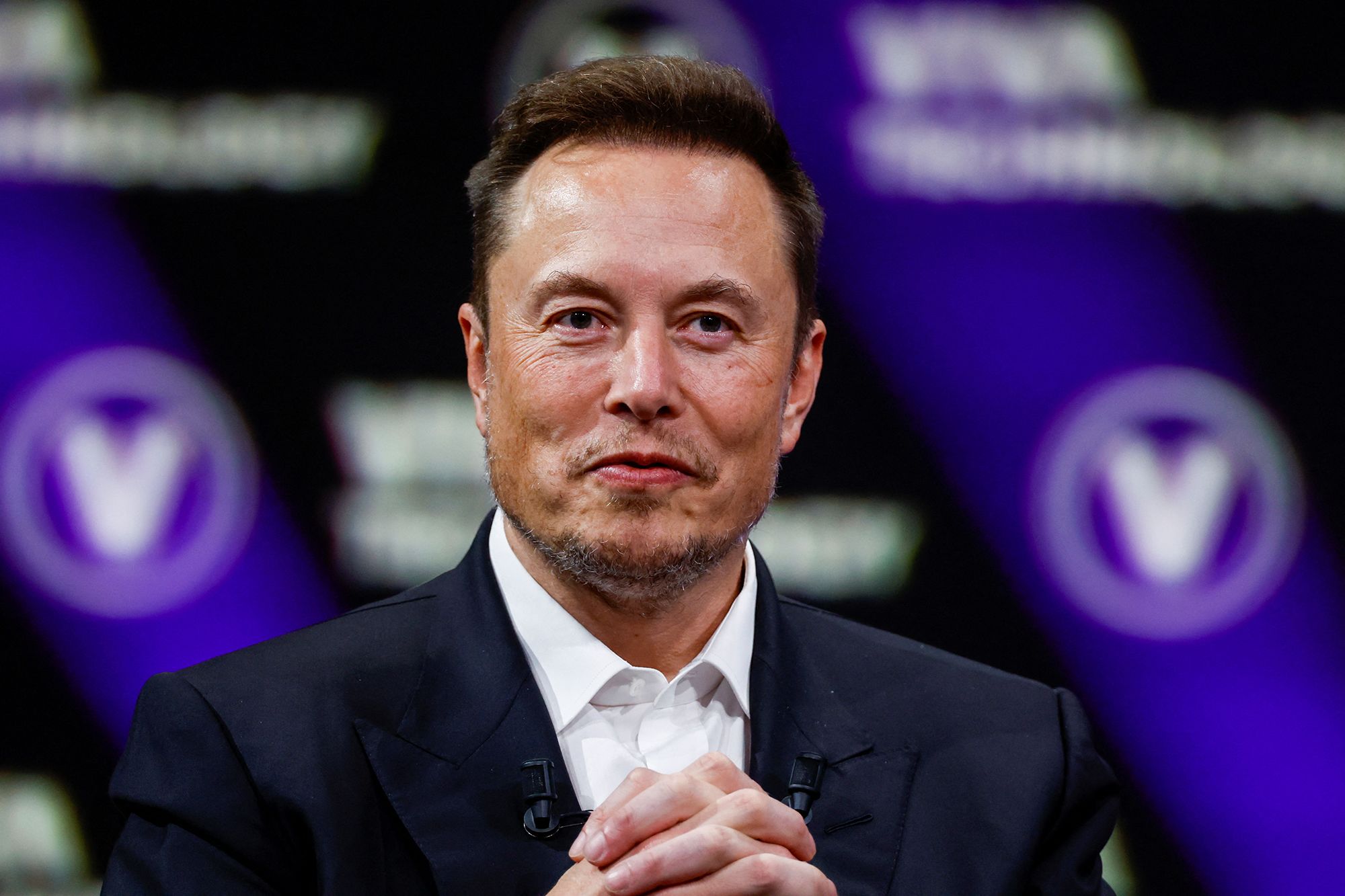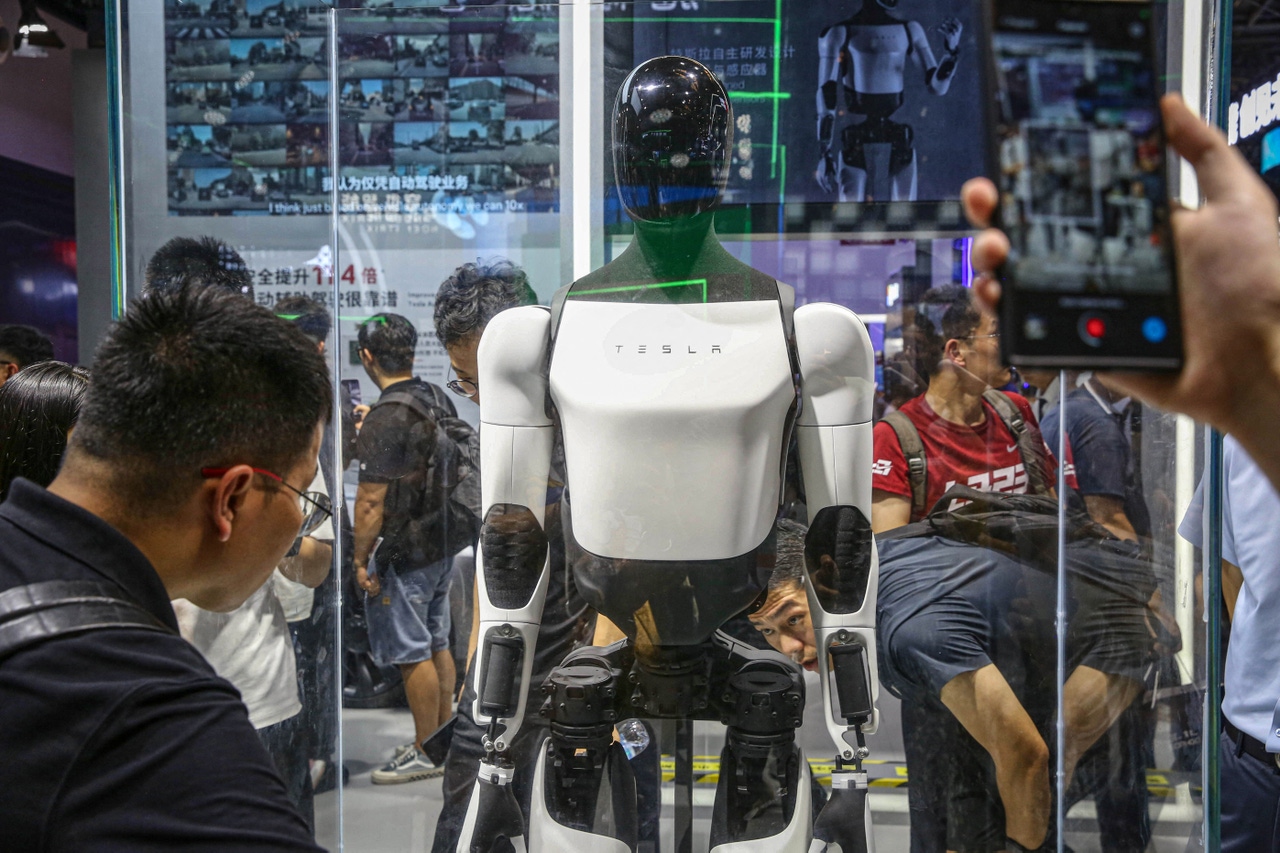
In a time when most CEOs are battling declining margins and tightening markets, Elon Musk is reaching for something far beyond electric vehicles, quarterly earnings, or even space travel. The Tesla CEO now claims that his ultimate financial vision isn’t tied to Cybertrucks or energy storage systems—but to humanoid robots.
Specifically, a fleet of Optimus bots so vast and lucrative that it could generate $10 trillion in annual revenue, making it twenty-five times more profitable than Apple, currently the most valuable company in the world by market capitalization.
This astronomical projection, shared by Musk with increasing frequency, reflects a dramatic shift in Tesla’s corporate vision—one that seems to transcend the auto industry entirely. Instead of chasing affordable EVs for the masses, Musk now envisions 100 million Optimus robots sold per year, each priced around $20,000, performing tasks from household chores to industrial assembly.

Whether this ambition is grounded in reality or drifts dangerously into delusion, it reveals the scope of Musk’s evolving focus—and the staggering financial stakes that come with it.
Until recently, Tesla's narrative was firmly rooted in sustainable transportation. With industry-defining products like the Model S, Model 3, and a global Supercharger network, Tesla reshaped the auto industry and forced legacy automakers to go electric.
But now, internal moves and public statements suggest Tesla is no longer positioning itself primarily as a carmaker.
The company recently canceled its much-anticipated $25,000 Model 2, a compact electric vehicle expected to provide Tesla with mass-market growth. According to reporting from The Information, Musk personally vetoed the project, calling it uninspiring and misaligned with Tesla’s image as a technological pioneer.
Instead, Musk doubled down on a far more speculative product: the Cybercab, an autonomous two-seater robotaxi without a steering wheel or pedals, designed to function without human intervention.

Despite internal reports suggesting the Cybercab might never become profitable, Musk was undeterred. And from that vision evolved a much larger, even more futuristic goal: a humanoid robot that could replace labor entirely. Enter Optimus.
Tesla introduced its first prototype of the Optimus robot in 2021, but in 2024 and 2025, the initiative gained remarkable momentum. Musk now frequently claims that Optimus is “the most important product Tesla is working on.” In April 2025, he stated that the long-term goal was to manufacture and sell up to 100 million Optimus units annually, with a projected price tag of around $10,000 per unit to produce and $20,000 or more to sell.
That math brings Musk’s total revenue estimate to a theoretical $2 trillion annually, though he has floated $10 trillion as a broader figure, possibly factoring in services, upgrades, AI subscriptions, and licensing deals. To put that in perspective, Apple’s 2023 annual revenue was approximately $400 billion. Musk’s projected future for Tesla is not just larger—it’s economically unprecedented.
Of course, that scale requires more than just demand. It would mean reshaping supply chains, scaling production to levels no company has ever attempted, and deploying robots into homes, hospitals, warehouses, and governments worldwide.

Musk’s argument is that Tesla’s vertical integration—its experience with AI, sensors, battery tech, and factories—makes it the only company capable of pulling this off.
While Musk paints a utopian picture of a robot-enhanced future, some investors are starting to worry that Tesla is drifting from reality. As reported by Yahoo Finance, Musk is now under scrutiny over a growing list of challenges: delays in Tesla vehicle deliveries, slumping demand in key markets like China, legal issues surrounding his pay package, and erratic communication with shareholders.
Investor frustration reached a boiling point this week when Tesla shares dropped sharply following reports of production slowdowns and weakened demand in Europe. Many are now questioning whether the company has lost its operational discipline in favor of grand, long-term dreams.
The optics aren’t helping. Musk’s recent comments suggest a growing detachment from market conditions. His insistence that companies not pivoting to AI will “die” sounded less like strategy and more like dismissal of any traditional metric of profitability or market relevance.

Meanwhile, Tesla’s actual automotive margins are shrinking. The company’s profitability has been under pressure due to rising competition from Chinese automakers like BYD, who are delivering EVs at a fraction of Tesla’s cost.
In response, Musk has not pivoted to defend Tesla’s EV dominance—but instead, appears ready to abandon it altogether in favor of building Optimus at scale.
The use-case for Optimus is compelling in theory. A humanoid robot could be deployed in elder care, manufacturing, agriculture, retail, and logistics.
It could, as Musk claims, eliminate the need for human labor in many dangerous or mundane jobs. He’s even suggested that in the long term, Optimus could be a companion, a personal butler, or even a workforce replacement that allows people to pursue leisure over labor.
But even the most bullish analysts say $10 trillion in revenue is highly speculative, if not outright fantasy. No humanoid robot today can perform with the dexterity, contextual awareness, or autonomy required for general-purpose deployment. Companies like Boston Dynamics, Honda, and Agility Robotics have spent decades on bipedal robotics without commercial success at scale.
And while Tesla has advantages—its data infrastructure, Dojo supercomputer, AI research, and global factories—the challenge isn’t just technical. It’s also social, political, and regulatory. Would labor unions, governments, or consumers allow an unregulated robot workforce to flood the economy? Would lawsuits and liability claims cripple the program before it scales?
Despite the skepticism, Musk remains characteristically undeterred. For him, Optimus isn’t just a product—it’s the natural next step in Tesla’s evolution. From electrifying transport to automating it, and now to replacing human labor altogether, the trajectory is clear. He no longer wants to build the future of driving. He wants to build the future of humanity itself.
And he’s willing to walk away from the industry that made him the richest man in the world to do it.
Whether this grand pivot will pay off—or unravel Tesla’s dominance—is the trillion-dollar question.
-1749483799-q80.webp)
-1747904625-q80.webp)
-1750570235-q80.webp)
-1747623652-q80.webp)